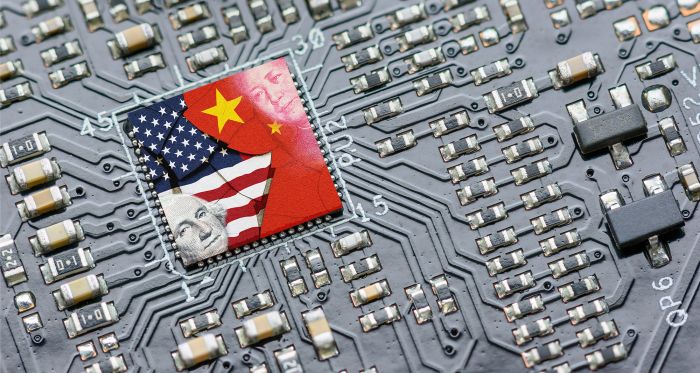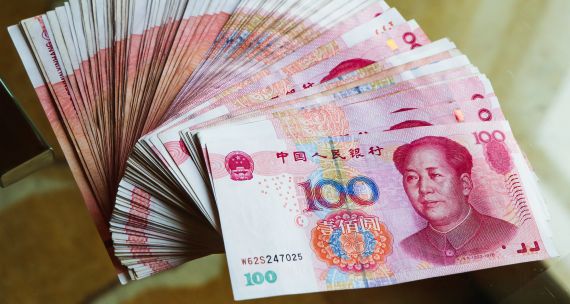The Takeaway
The U.S. Treasury Department has published the fine print on a new set of restrictions on outbound investment in China’s high-tech sectors. These restrictions are part of Washington’s ongoing efforts to limit Beijing’s ability to use U.S. technologies for its military advancement.
The new rules are expected to impact a range of cross-border companies and investors and prompt policy changes by Washington’s allies, including Canada.
In Brief
- The regulations, which take effect on January 2, 2025, will impact investments by U.S. individuals and companies in critical technology sectors in the People’s Republic of China and the special administrative regions of Hong Kong and Macau.
- The rules were spurred by an August 2023 executive order by U.S. President Joe Biden, in which he laid out national security concerns about China’s access to technologies such as artificial intelligence (AI), semiconductors, microelectronics, and quantum computing — technologies deemed “fundamental to the development of the next generation of military, surveillance, intelligence and certain cybersecurity applications.”
- The subset of technologies targeted in the new regulations include products such as automation software, sensing technologies, and quantum communication systems.
- Various types of investments will be impacted, including those intended to drive corporate growth and form joint ventures. The restrictions could also complicate plans by U.S. entities to build research and development facilities in China, including a reported proposal by Tesla to set up a data centre in China for developing the AI capabilities of its autonomous vehicles.
Implications
China’s tech industry could be cut off from a critical source of financing, networks, and knowledge and technology transfers. However, the Treasury Department document narrowly defines the types of technologies implicated, noting that these curbs are not meant to “prohibit all investment activity in countries of concern,” but rather to target “discrete categories of transactions” that could have military and security implications. Exceptions were made for some categories of investment, such as publicly traded stocks and bonds. The new regulations are thus consistent with the Biden administration’s “small-yard, high-fence” approach to ensure that critical technologies are not leveraged by China to support military and dual-use purposes.
The new rules broadly define who could be impacted. Instead of setting up a case-by-case screening mechanism, the Treasury Department will require U.S. persons — not only citizens, permanent residents, and entities and their overseas branches, but "any person in the United States” — either to refrain from the relevant transactions or to notify the Treasury Department when such transactions take place. Executives and investors in China’s tech and finance circles, some of whom may have lived in the U.S. and have become green card or passport holders, will likely be subject to the restrictions. Many of these individuals, however, have already shifted investment away from the restricted sectors, as these sectors are increasingly state-funded in China.
Washington’s partners and allies will need to take these policies into account. The European Commission and the U.K. have begun assessing the risk of their critical technologies being leveraged by third countries through outbound investments. The momentum of re-examining the security implications of investment activities vis-à-vis China could also be building in Ottawa, including for inbound investment. In recent years, the federal government has increased its scrutiny of Chinese investment in Canada’s critical minerals sector. In October 2022, Ottawa added an extra layer of security review to the Investment Canada Act, imposing stringent rules on acquisitions by foreign state-owned enterprises in Canada’s mining industry, thereby lessening the likelihood that such deals will be approved. Similarly, in September, the U.S. initiated a Minerals Security Partnership Finance Network with several like-minded partners, including Canada, to strengthen co-ordination in building a resilient global supply chain that is less dependent on China as the dominant supplier. With the incoming Trump 2.0 administration in the U.S. and Trump’s unpredictability on matters of trade and national security, Ottawa will need to put more thought into charting its course in monitoring Canada-China investment.
What’s Next
1. Beijing will be eager to attract foreign investment
In November, the Chinese government loosened its requirements for foreign investment in publicly traded companies. Chinese Premier Li Qiang also vowed to open sectors such as telecommunications to foreign investment, signalling a sense of urgency that Beijing is feeling to boost FDI in order to help stimulate its sluggish economy.
2. Washington’s ‘China consensus’ likely to endure
In Washington, a bipartisan policy consensus has emerged on China, with both Democrats and Republicans pushing for 'strategic competition' with Beijing. The incoming Trump administration might, as policy insiders in Washington point out, be willing (and encouraged) to use harsher and more expansive tools to prevent China from gaining high-tech capital and know-how. Trump’s willingness to co-operate with allies on these issues is less certain, however, and a development to watch closely.
• Edited by Erin Williams, Senior Program Manager, Vina Nadjibulla, Vice-President Research & Strategy, and Ted Fraser, Senior Editor, APF Canada.







